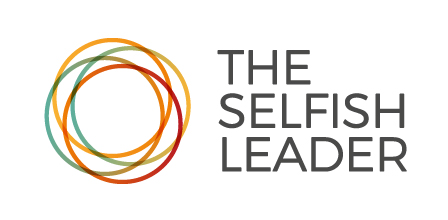A woman who lost her baby boy as a teenager. A divorced father of four. A mother who was racially abused in public for years. A divorced man who became a father in his late 50s. Would you swap places with any of these people? Be honest. Based on those scant facts, probably not. These sound like undesirable lives to live. What if I tell you who I’ve described above?
Oprah Winfrey, Jeff Bezos, Michelle Obama, George Clooney. Does your opinion change now? My guess is it does. Now that you know who they are, a lot has been added to the mix: wealth, power, fame, glamour, material success. Who wouldn’t feel some attraction to that?
You might not want to be them, but chances are you admire what they have and wouldn’t mind a bit of it. Yet nothing about those first descriptions has changed. They might have all the objective measures of success, but they’ve also suffered trauma and turmoil in their lives. It’s natural for us to just see success objectively as labels: billionaire, businesswoman, first lady, Hollywood star.
At this level, it all looks and sounds like success and an amazing life. But external success doesn’t compensate for inner trauma. No matter how much they might own or influence, they have still suffered. They still feel anxiety, pain, sadness. It’s possible that their success has been influenced or driven by some of these challenging life events. It’s certainly part of who they are. It’s their story, it’s them as a whole person. We often view each other at a surface level. It’s instinctive and efficient to place people into a box or category.
This lets us create a story around it based on those labels. “Wow, it must be amazing to be Oprah – all that money, all those houses, being on TV and writing books. What an awesome life!” The story is just our version though, and a pretty basic version of it. It’s like skim reading Macbeth and condensing it into a single tweet.
Our real stories are rich and nuanced. They’re a tapestry of highs and lows, ups and downs, all relative to who we are. Underneath the labels and exterior, there’s much more to be understood about each of us. Jane Goodall talks about a defining moment in her early work with chimpanzees.
Finally up close with one of the chimp elders, she offered him a banana. He took it and dropped it, instead gently squeezing her fingers, a gesture chimpanzees use to reassure each other. “We totally understood each other in a language that clearly predated human spoken language – a language of gestural and postural, holding hands, patting one another, kissing, embracing”.
This beautiful moment, of a level of deep connection across species, shows us what can happen once we get past the surface level of what we see. It’s a level of connection that we all seek, whether in relationships, friendships or in our work. One of our deepest desires is to be seen, understood and accepted.
Who we are is more than what can be expressed by language. Our beautiful complexity goes beyond words. Regardless of wealth or status, we all experience pain, joy and sadness. At some point in our lives, we all grieve too, if only for ourselves.
Underneath it all, every person on earth is capable of experiencing the same emotions as everyone else. To truly see someone else, and to be truly seen ourselves, is a powerful experience and an incredible gift to give. Who in your life could you give the gift of truly being seen?





